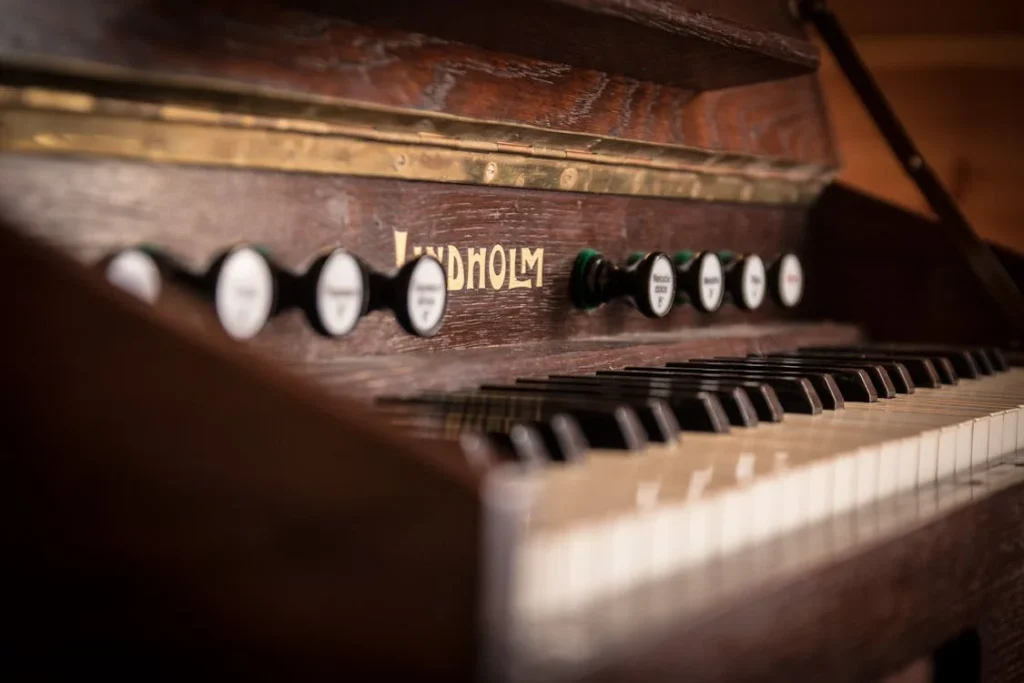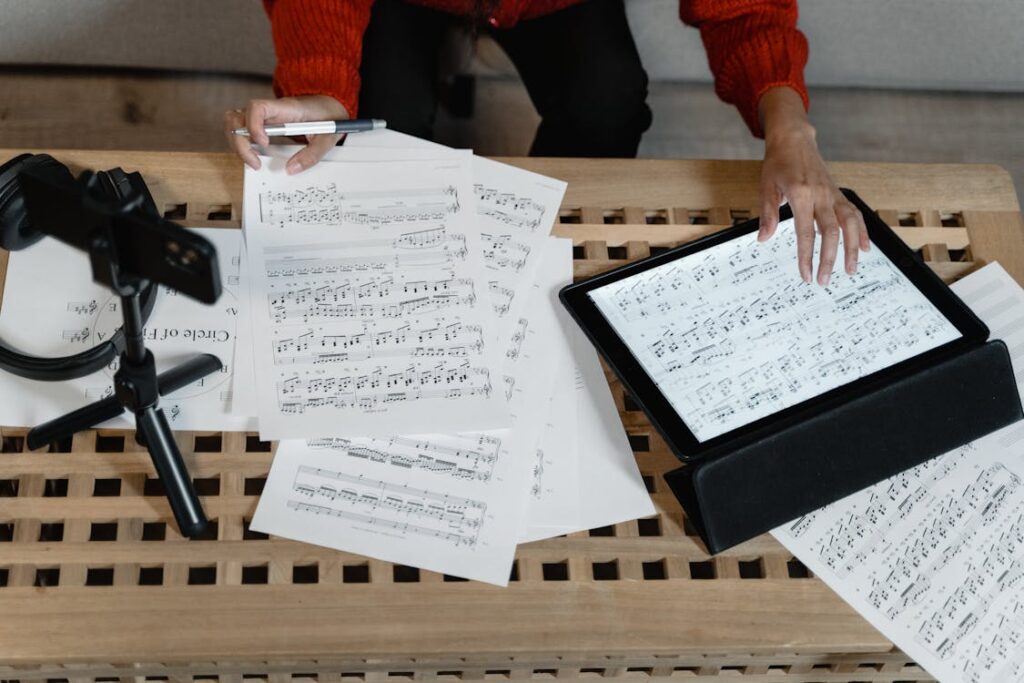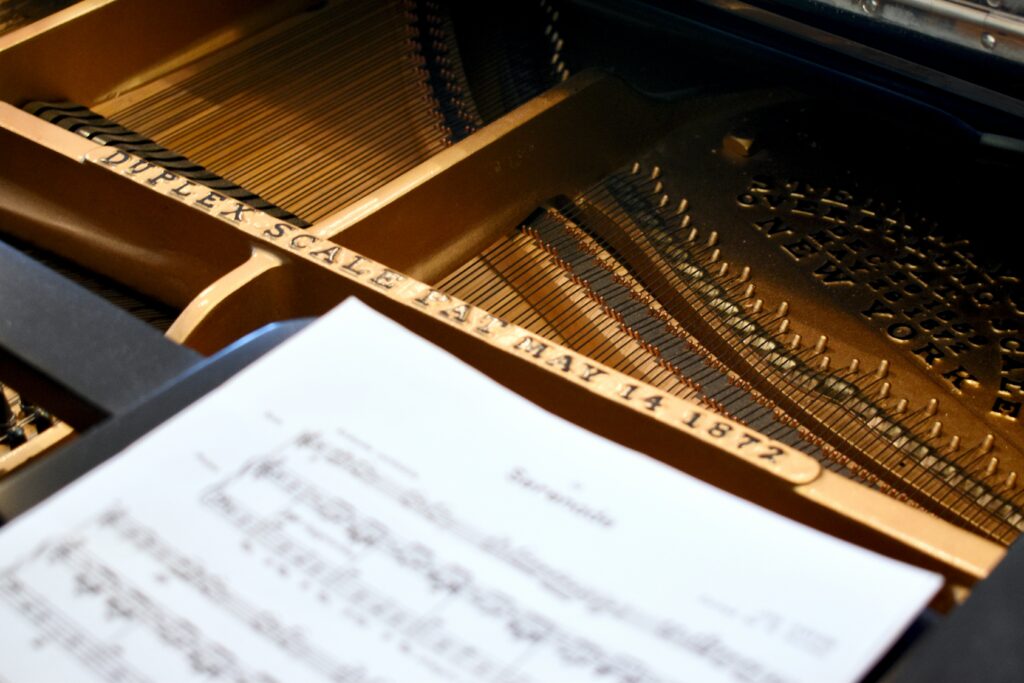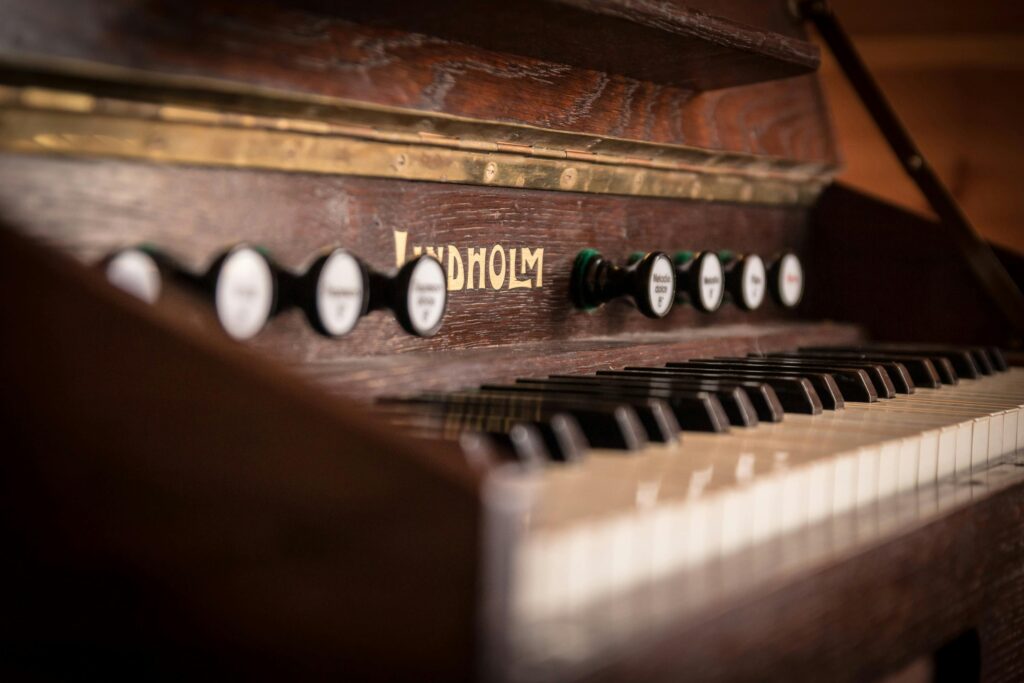How to play the A sharp major chord on piano?
The A sharp major chord is one of those chords that stands out in a song, giving it a bit of flair and drama. Learning A# major will get you out of the usual chord progressions. At Skoove, we’re here to guide you through every chord, helping you understand its role in music and how …
How to play the A sharp major chord on piano? Read More »
















